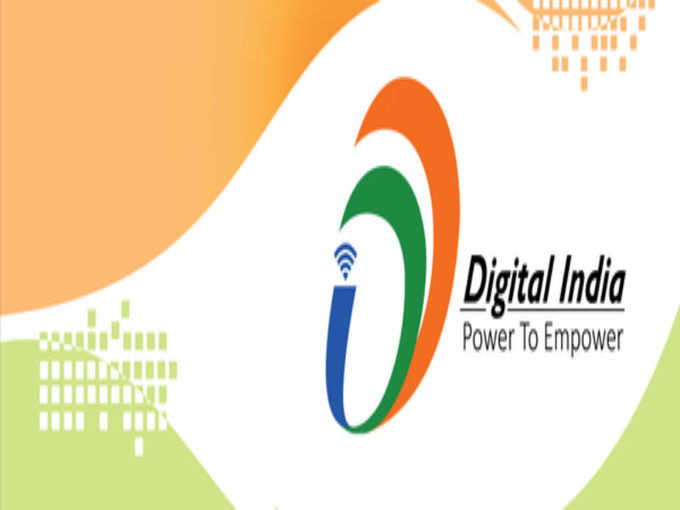
“When you talk about Digital India, the first step is access to high quality broadband and at least a smartphone. Combination of access to affordable broadband, smart devices and monthly data packages should be there to avail all the facilities of the campaign,” said Rama Vedashree, Vice President of Domestic IT, IT services,
2. But to make broadband affordable and accessible, one needs to keep in mind certain ground realities. India is a diversified country, in terms of language, culture, laws which vary from states to states. Complete integration, that is integration of technology and language, is one of the main challenges the mission would face in its implementation.
“Every state and every community has a different prescribed method by which they address governmental communications from both sides. Standardisation of the network would be a tedious task,” said Pratap Padode, Founder Director, Smart Cities Council India.
3. There are different internet protocols in different states depending on what kind of hardware and software they implement and chances are that this might lead to connectivity glitches. Hence, there must be some sort of a directive to standardise all the software protocols.
“It should be on open source basis, rather than propriety and it should be in the guidelines. If they are to take propriety solutions, it would not only be difficult to integrate it across the states, it would be more cumbersome and expensive,” he added.
4. We live in a world where Internet and cyber crime are inseparable enemies. The entire architecture should be designed in such a way that there is proper authentication done of all the documents put online by citizens and it is available to the right users at any time they want with the right authentication. But how can we ensure cyber security if the country does not have any privacy norms?
Rama said that although the entire digital platform is being managed by the government organisation,
“I don’t think they have published what the services and the agreements are and how do they make sure that there are no privacy breaches. Security in the platform, at the end users side and conformity with strict privacy norms should be there together to take care of digital hacking,” she said.
Besides, there is not enough information and education of people in terms of what is data stealing and privacy breach.
“Training is needed. There should be some sort of a regulation for training in the industry,” said Pratap.
Rama also added that for a first time user awareness needs to be built on what it takes to be safe on cyber security. Digital literacy should be coupled with country wise drive on cyber security awareness, so that users have a safe experience on the internet.
5. To get the fruits of the Digital India initiative, there should be efficient inter-governmental coordination. Although the Department of Electronics and IT (DeitY) is leading it forward, there is an active involvement of telecommunication, justice, finance and planning, health department et al. Without a smooth teamwork between them, this mission would never be implemented to its full strength.
6. Though India has every necessary resource required to implement it, the government needs to realise the strong capability being built in the private sector and needs to leverage that.
“If everything needs to be done by government agencies, I personally think that there would be many bottle necks at some point,” said Rama.
7. The initiatives started under National Optical Fibre networks, which is a very important facet to Digital India that ensures broadband reaches every nook and corner of the country, needs to be accelerated so that optical fibre-reach to the rural villages too. The reach is not yet country wide.
8. Pratap said that in terms of finances, there is the issue of last mile connectivity. We have 250,000 gram panchayats, where we need to establish broadband connection and it is no easy task, especially being one of the worst among the 29 nations in terms of wireless connectivity.
9. The Digital India plan comes at a time when the debate of
These challenges indicate that Digital India has a long way to go on its road to reality in its truest sense. The government cannot overstep them, no matter how trivial they might seem to be.
(image credits: Twitter (@PIB_India))